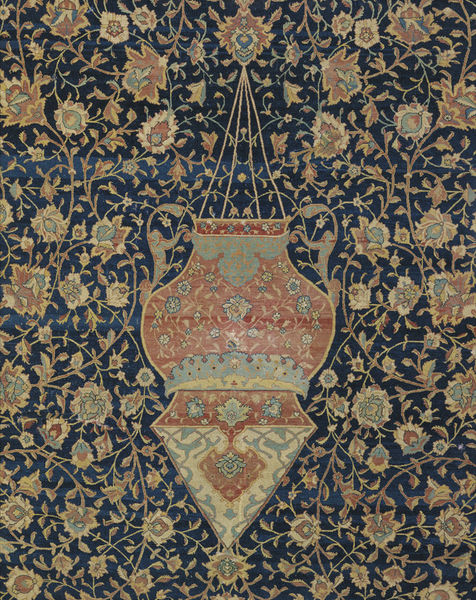
The two images in this post come from almost contemporary Ottoman manuscripts, one (above), a major work of history in Ottoman Turkish, the Zubdat al-tawârîḫ of Sayyid Lokmân produced in Istanbul, the other (below) a sort of abridged Bible (though it might be better thought of as an exegetical textual and visual condensation and rearrangement of the Bible) in Armenian, produced in Amida (modern-day Diyarbakır). The Zubdat was completed in 1590, while the Bible chart- and chart is probably the aptest term here- in 1601. There is much that could be said about these texts, and the Zubdat has been studied both for its art historical value as well as in reference to recent scholarly literature on Ottoman historiography and memory construction. The Armenian text (though neither work is fully described by ‘text’ in any meaningful sense) may have been studied in some context but I myself am not aware of any such work.
What struck me in looking at these two manuscripts side-by-side, as it were, is the similarity in the visual structuring of the information on the page. Both manuscripts employ a similar cartographic, architectural style, even if the details and other artistic traditions at work obviously vary. In the one history in a universal (but still very much ‘sacred’) key is displayed and ‘mapped,’ in the other history as a part of the Biblical narrative. Images of important figures are framed- literally- by architectural details, while names and terms are mapped out along the page in hierarchical, linked order, the little textual roundels like points on a map.
No doubt there is much that could be made of the similarities in these works, similarities which suggest shared ways of organizing and visualizing information, the relationship of text and space, as well as understandings of the nature of scripture and history. Determining why these similarities exist would require examining just such shared contexts as well as other historical, and perhaps Ottoman-specific, developments and historical rhythms. These two works placed in dialogue are also a good demonstration of the limitations of ‘influence’ as a category of analysis: completed within ten years of one another, one in the world of the Topkapı at the imperial, the other in an Armenian scriptorium at the eastern edge of the empire, the came into being all but simultaneously, and point to contexts and historical currents operative across the empire and through multiple social and cultural channels, not confined to particular locations or to one religious and linguistic tradition only.






